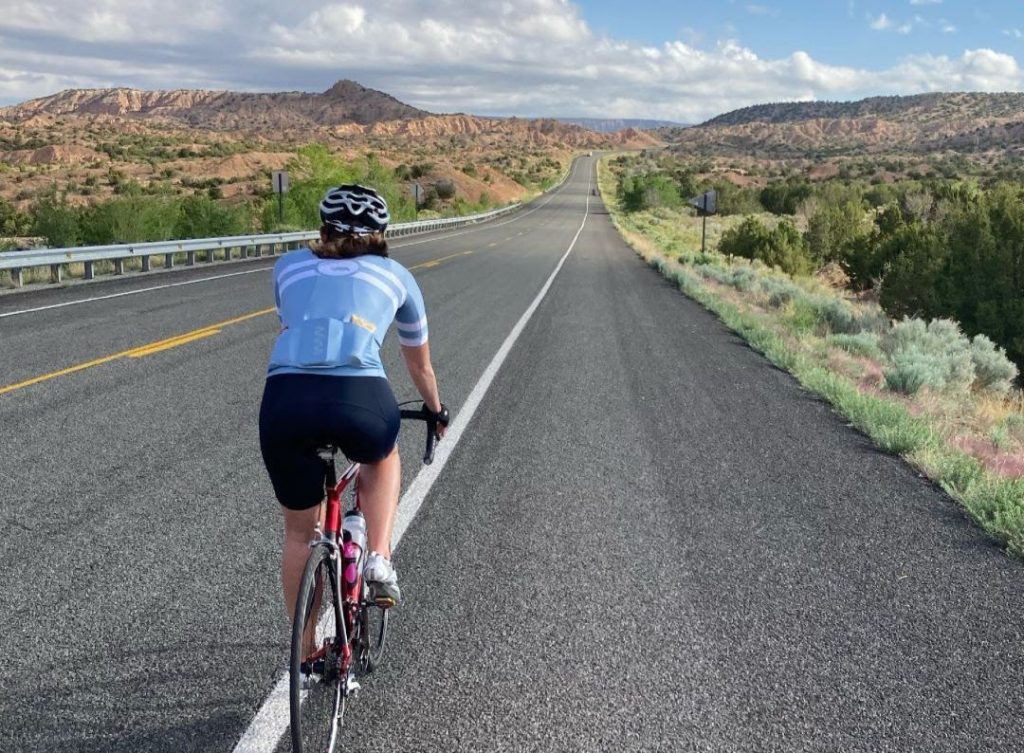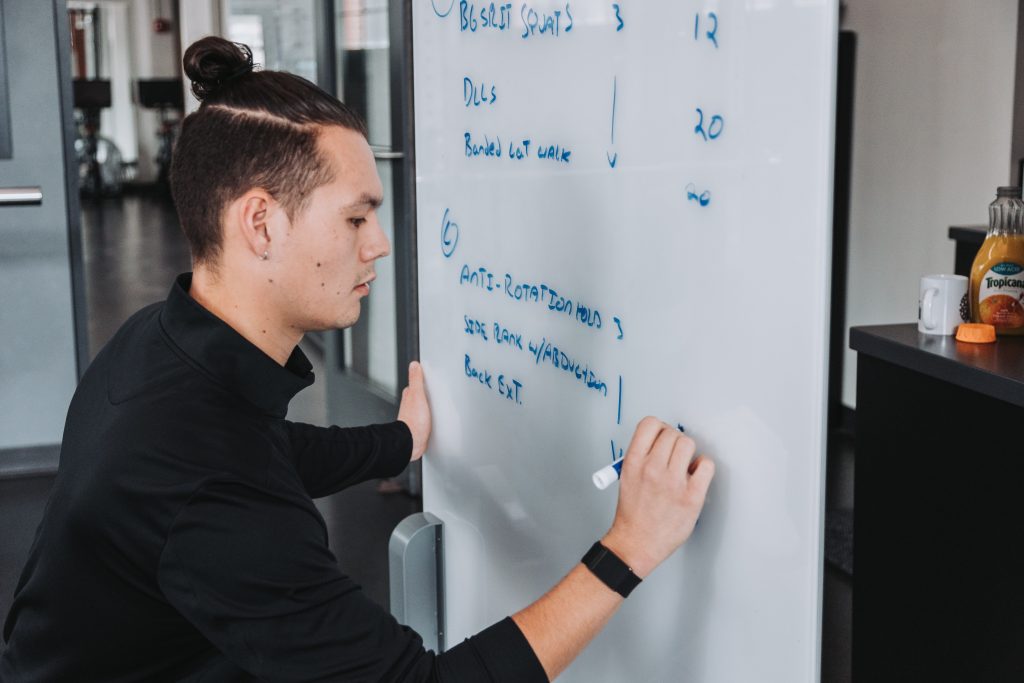With the availability of modern performance based metrics athletes can measure progress in a variety of different ways. Whether it’s discussions around power numbers or race day performance, there’s any numbers of opportunities to uncover improvements. Despite having increased insight into athlete performance, there’s no replacing the need for a consistent individualized plan. One of the best tools to put this type of plan into action is on an indoor trainer. While there’s nothing like a good ride outside, it’s hard to argue with the level of precision and accuracy that a trainer provides.
Define Your Goals
The first step towards improvement is to define your goals. You have to know where it is you want to go to know how to get there. No matter the time of year, take time to think critically about what it is you want to accomplish. Once you’ve defined these goals you can set about the task of working towards them. As it relates to training indoors, once goals are defined, a laser focus can be applied to reaching them. The precision that’s possible with a trainer allows athletes to adapt their physiology specifically for what it is they’re trying to accomplish. For example, if a goal is to be better when a sprint finish arises, workouts can be built around this exact scenario using a review of past race performances, and matching workouts to those efforts. Maybe having the aerobic strength for sustained climbs is on the list? Practicing long tempo and sweet spot sessions on the trainer can help develop the legs and the lungs necessary for that specific skill. Tailored workouts indoors can help to build a strong foundation that then allows you to put those skills into practice on the road or trail.
Be Specific
Specificity is key! No matter what it is you’re trying to accomplish it should be designed around your individual needs as an athlete. This is where the real beauty of training indoors can be found. The targeted nature of riding indoors enables workouts to be executed that may be to complex, dangerous, or hard to replicate outdoors. The first thing to remember is that workouts should mimic and prepare the body for the rigors of the goals you’ve outlined. This refers primarily to duration and intensity. The second thing to understand is that workouts must match your unique physiology, and natural strengths and weaknesses. When using an indoor smart trainer make sure that workouts are written using percentages of your Functional Threshold Power (FTP). This level of individualization will ensure that you’re customizing each workout. No matter if it’s VO2 intervals at 120% of FTP, or long tempo rides at 85%, what’s most important is that they serve to move you closer to your goals.
Be Consistent and Progressive
All of the best written workouts in the world won’t take the place of consistency. This is the #1 key component to any successful training plan. One of the major barriers for athletes is balancing training with other responsibilities. Be it work, family, available daylight hours, weather, or any other outside factor, there’s a lot that can get in the way of your training and racing goals. Trainers help to remove those barriers by providing a consistent and reliable space to execute efficient workouts. Oftentimes trainer sessions are far more concise and targeted saving athletes valuable time in their day. If the cardinal rule of training is consistency, closely behind it is progression. It’s vital that training is designed to be progressive such that an athlete’s body is delivered the appropriate amount of training stress (dosage) to force adaptation. The progressive nature of training requires that workouts be targeted and specific. As discussed earlier, the specificity that’s available with indoor sessions lends itself to also being more progressive. Increasing both the intensity and duration of intervals over a micro and/or macro training block will ensure that plateau doesn’t occur and fitness is tracking properly. Try these workouts as a baseline over a 6-8 week period to experiment with progression and specificity.
3X Sweet Spot Intervals: Warm up for 15-20 minutes at 55% – 60% of FTP. Execute 8-15 minutes at 89% – 92% of FTP with 4-6 minutes recovery at 55% FTP. Finish with a 20 minute cool down at 60% of FTP.
5 Minute Repeats: Warm up for 15-20 minutes at 55% – 60% of FTP. Execute 5 minutes at 100% – 115% of FTP with 3-5 minutes of recovery at 55% of FTP. Finish with a 20 minute cool down at 60% of FTP.
The goal for workouts like these, and many others, is to increase the percentage of FTP that you’re able to maintain, increase the duration of the interval, and potentially decrease the time needed for recovery.
Training indoors can be an extremely productive way to hone in on both the specificity and progression necessary for a successful training approach. Always start with defining your goals and identifying what it will take to get there. Next focus on consistency and providing the body the training stress needed to gain fitness. Using indoor training as a tool to help achieve these benchmarks can be the difference between making or missing key workouts for many athletes. Use training indoors to individualize your workouts and help you better achieve your goals.



